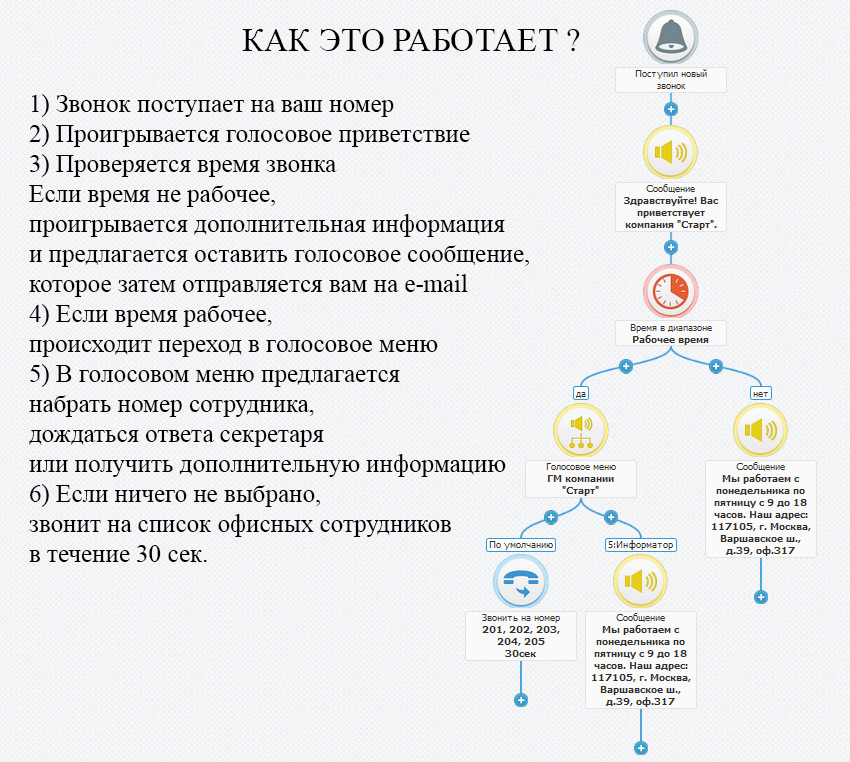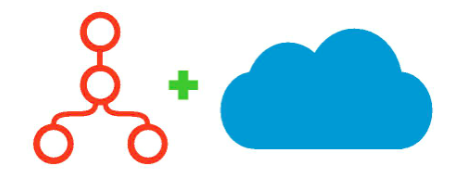How we created a cloud PBX Sipuni.com
 For me, the real miracle was the appearance of Skype. When I started using it in 2004, it also showed how many subscribers in the network - there were about 600 thousand. I think of them in Russia was no more than 1%. At least from my friends, acquaintances Skype, no one had - a serious obstacle to free communication.
For me, the real miracle was the appearance of Skype. When I started using it in 2004, it also showed how many subscribers in the network - there were about 600 thousand. I think of them in Russia was no more than 1%. At least from my friends, acquaintances Skype, no one had - a serious obstacle to free communication.')
Later, in 2007, I got VoIP programs that allow me to make free calls in Russia - it was incredible! No deposits in Skype, and you can call a regular phone! It was a real crash of templates. In general, then my serious passion for IP telephony began.

One of the consequences of this hobby was the purchase of an IP telephony equipment store - Voips.ru immediately after the 2008 crisis. The store consisted of a simple site, a small room, two tables and a warehouse on an Ikea bookcase. The turnover was about 400,000 per month. The previous owners did not see prospects in the direction of VoIP-telephony.
I registered a company, found a seller and started doing business. At first, there were big problems with operational accounting. It was absolutely incomprehensible how everything happens - where it comes from, where it is fixed, where it is stored, etc., etc. Separately, the site worked, separately 1C, separately accounting. To work in this situation required a lot of hands - in 2010, there were four sellers, and in early 2011, six! The turnover went up and reached 5 million per month.
Nevertheless, it was clear that this whole zoo with business processes needed to be married somehow. I joined the team with a web developer and engineer, and we began to build a more open and understandable system of work. As a result, we made the most convenient order management interface on the web and adjusted the uploading of the necessary data to 1C. Life was getting better.
Already in 2012, it was possible to reduce the number of sellers to two and at the same time process the same volume of orders.
From 2009 to 2010, we, at the same time with sales, conducted many settings and installations of open systems and ready-made solutions, and every time we were convinced of the same thing: none of our customers understood what possibilities IP telephony gives and what benefits from it can be extracted. The only thing that everyone knew was that this way it is possible to reduce the cost of telephone communication. But only.
And all this is not from a lack of knowledge (a person should not understand telephony, as an ordinary user should not be able to assemble or disassemble a computer in 40 seconds or write software), but for another reason: all existing telephone control interfaces are made by specialists for specialists . Everything in them, starting from the logic of building the virtual PBX systems themselves and ending with their interfaces, is very little adapted for the user without any qualification in the field of communication technologies or related. And this is despite the fact that the main users of such systems are managers at all levels, most often not techies.
Of course, the obligatory participation of our technical specialists in setting up and installation brought us additional income, but also alienated customers from the tremendous opportunities and prospects of technology. Therefore, approximately in 2008, the idea arose to make a communication management service - a virtual PBX, which would be the center of communication for any company, quickly and easily set up, and allowed to solve a maximum of business tasks.
And, of course, we waved.
First , it was decided to become a telecom operator and get its own pool of Moscow numbers - so that anyone who wants can get a number in 5 seconds and tie it either directly to an IP phone, or to an IP PBX, or set up call forwarding.
Of course, I understood that becoming an operator is a long time, but, of course, it turned out to be even longer.
In 2010, we applied for a license package and started preparing a project and building a communication center. They began to study the equipment, tried a lot, ponakupali too much, eventually settled on the modern equipment Elteks (guys do in Novosibirsk). The site was built on a reliable platform MMTS-9 and handed over to the Roskomnadzor inspection committee in May 2012, 2 years after the start of the process. Another 8 months passed before we activated and registered our large numbering capacity (6000 numbers in 499 code) on the local telephony network in Moscow: and finally it became possible to call numbers!
Secondly , we decided to completely change the approach to the construction of a virtual PBX and implement a new affordable concept of the visual construction of telephony.
The center of our system has become the communication schemes (incoming and outgoing), the whole logic of our virtual PBX is built on them. Scheme - route "movement" of incoming or outgoing calls. What will the subscriber hear when dialing a particular number? What navigation capabilities will he have at first, what - then? How will dialing happen during business hours? And in non-working? You can set different schemes (and, accordingly, the rules) for different groups of subscribers, for personal needs and for work duties, for different times of the day, use fixed, work, mobile phones, smart phones, email, fax, etc ... And with this maximum availability to remain closed for external subscribers - they simply dial your number, and from where you really answer them, and in general - what happens inside the scheme, they do not know, because they are calling the scheme, not the phone number (line). This is also important because with the development of IP telephony, many users have turned out to be more open than they would like. For example, in many PBXs, you can directly call the extension number 101@Sipuni.com. We made open for external calls only communication schemes - they have their own internal numbering of the form 000999888@sipuni.com

From a technical point of view, with the help of diagrams, we completely separated the arrival of a call, its processing and sending the call to the end device (physical layer). What does it mean? For example, any cell phone has an identifier in the communication network of the mobile operator. When an incoming call arrives, the operator immediately sends it to a specific device and when a call is made from the device, the operator immediately sends the call through the client line to the public network. The approach with the management of schemes allows you to handle the incoming call as you wish, according to the scheme, and only then send it to the device (or several). Similarly, an outgoing call is subjected to multiple processing, and only after that leaves the operator's platform via the client's line.
Incoming diagrams accept calls from incoming lines. These can be lines purchased in our service, or lines of any other operators. When a call enters the scheme, it passes along the constructed route-scenario. The route consists of a set of functions and looks like an oriented (directed) "tree" of mathematical graph theory.

Outgoing communication is organized similarly, only calls to outgoing circuits are received from the internal phones of the system immediately after dialing the number.

Such a structure makes it easy to construct PBXs of any type, scale and capabilities. At the same time, the addition of new functions and their use is simplified by the visual presentation and logic of the system. Start building a scheme (call route) and the system will prompt you what to do next.
Thus, we obtained a PBX with a built-in visual object-oriented programming language built on the basic PBX entities and allowing us to create telephone systems of any scale. From foreign analogues, we recently learned about invox.com - but the project (at the moment) is not working. Another similar logic is in Askozia - but this is a program for installation on the server, it allows you to construct only incoming call patterns, displaying them from left to right.
We called the system Sipuni.com (from SIP - protocol and UNIversal - worldwide).
How do we plan to develop?

Our first and foremost goal is to save the client from any headache for communication. What is the difference, IP-telephony or any other? No need to think about it, just take all the possibilities and use.
To achieve this goal, we profess an integrated approach.
Of course, we develop functionality and continue to improve the interface.
We work on maximum openness of the system - we actively support the connection of third-party SIP-operators. This adds complexity in their monitoring and status monitoring, but leaves the system open for many future customers who already use IP telephony somewhere else: they can save their external numbers and use Sipuni's interface and capabilities.
In the near future - to make “sharing” of communication schemes. This makes it easy to share best practices between users. And also to implement integration with CRM.
We would also like our call management system to be used in social networks, where now you can only call those who are online. But it is often very necessary to find a person, and Sipuni can do this in many ways - on skype, on SIP, landline and mobile phones, in one country or several - and at the same time take fully into account the desires of the called subscriber.
Source: https://habr.com/ru/post/183828/
All Articles